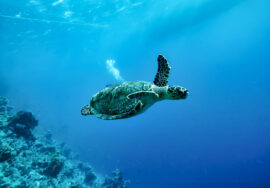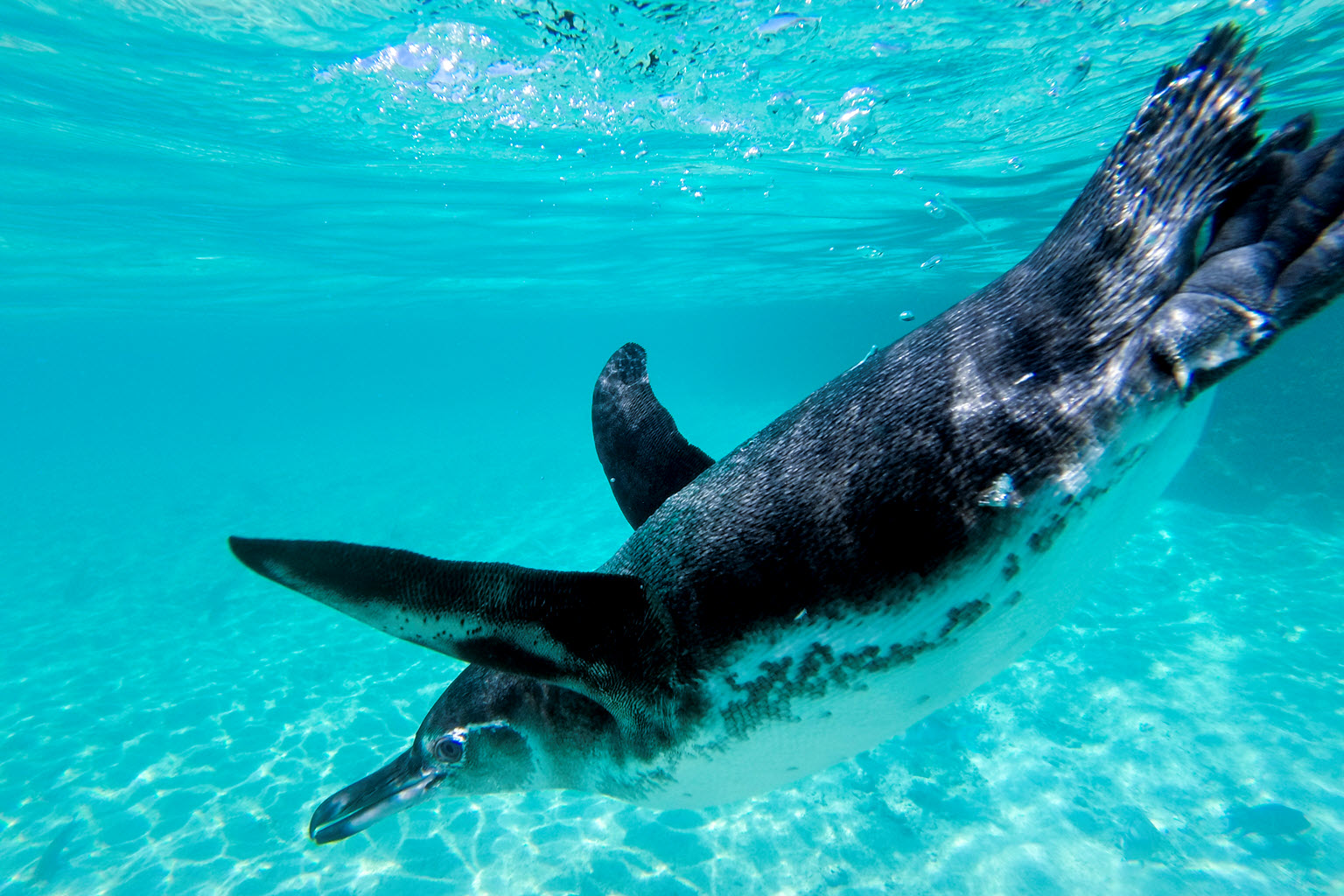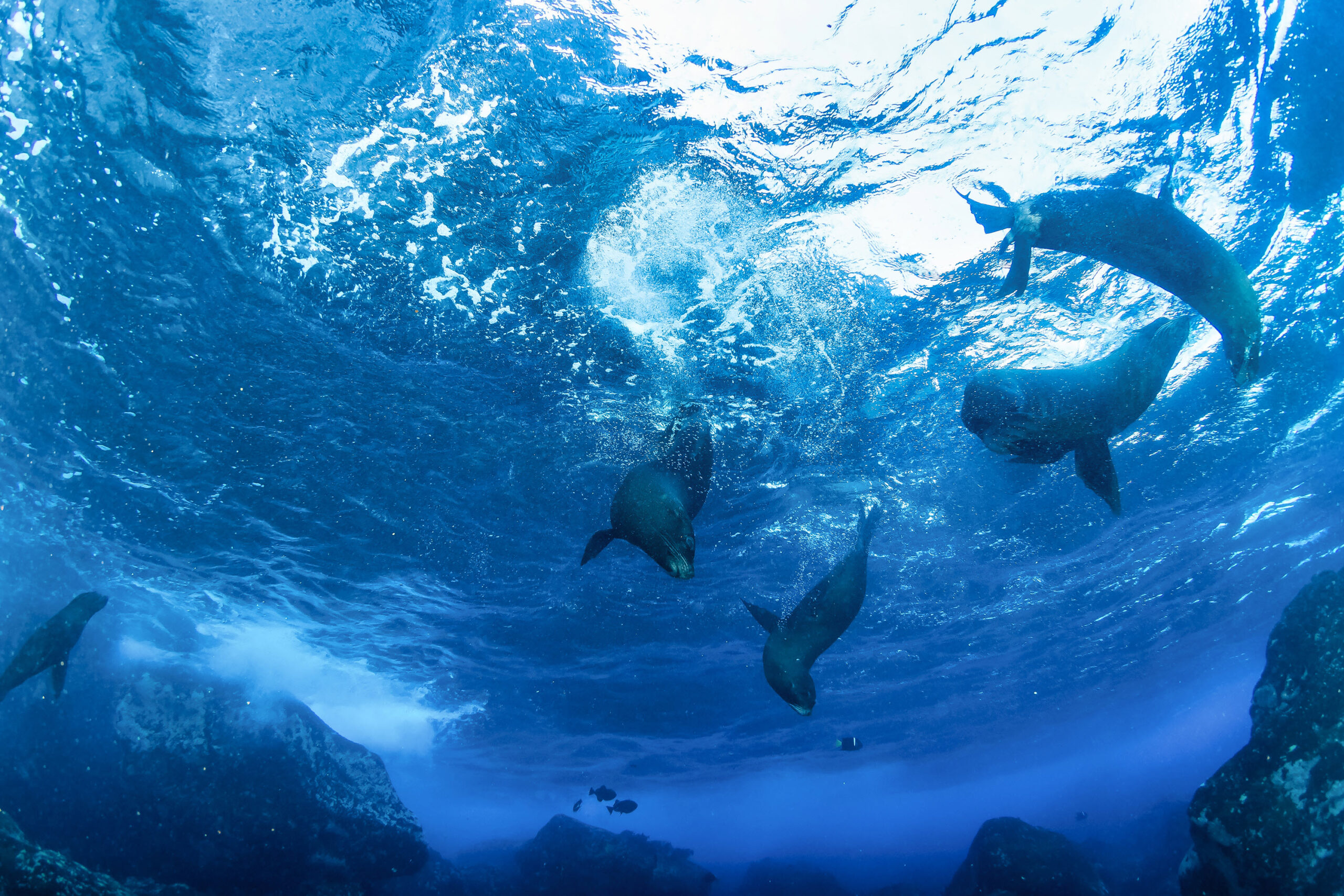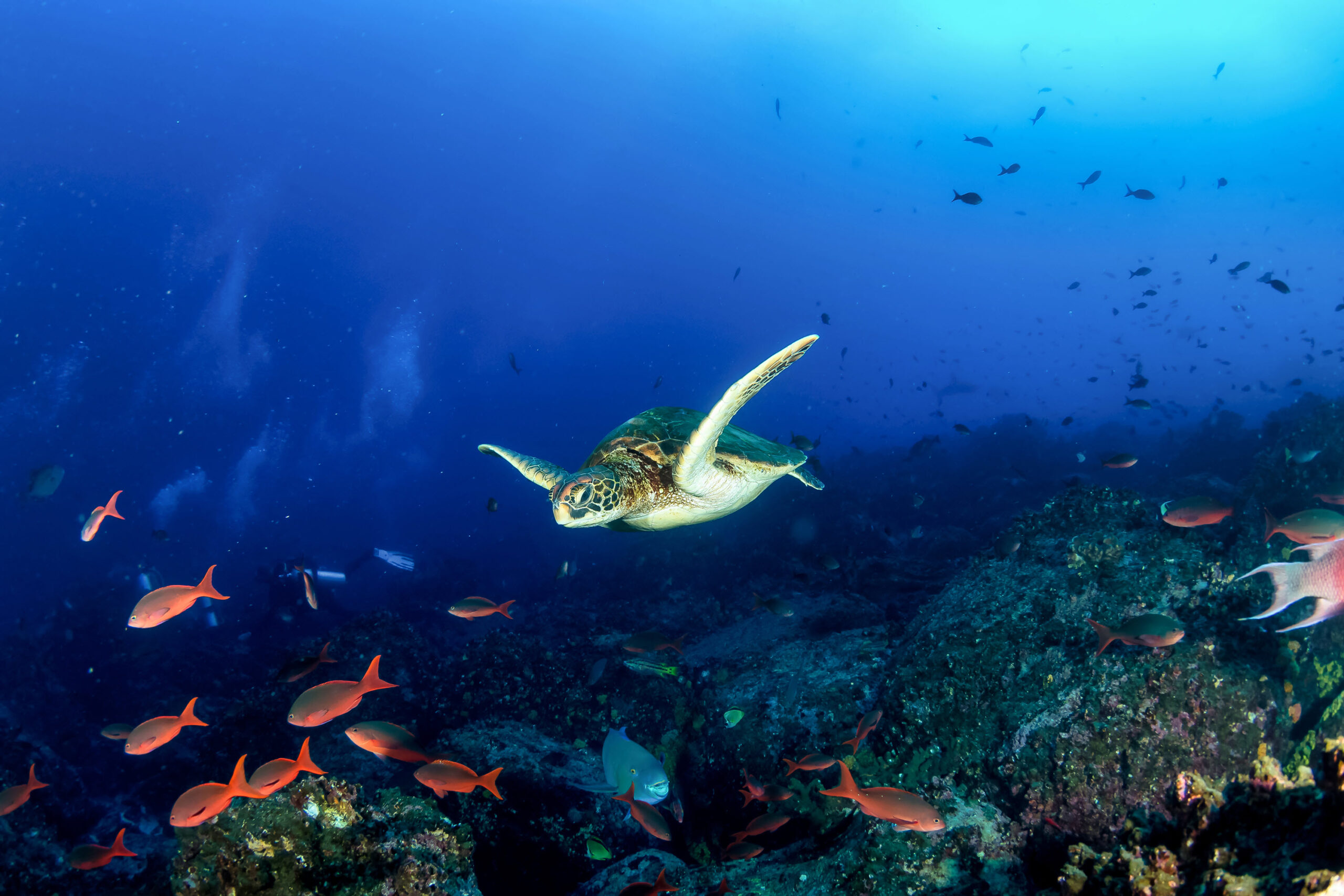Sea Turtles in de Galapagos Islands
The Galápagos Islands are home to several species of sea turtles, and they play a significant role in the archipelago’s unique ecosystem. Here are some key points about sea turtles in the Galápagos Islands:
- Species: The Galápagos Islands are known to host three main species of sea turtles:
a. Green Sea Turtle (Chelonia mydas): The green sea turtle is the most common sea turtle species found in the Galápagos. They are herbivores and feed primarily on seagrasses and algae.
b. Hawksbill Sea Turtle (Eretmochelys imbricata): Hawksbill sea turtles are also found in the Galápagos. They are known for their distinctive, pointed beaks and are omnivorous, feeding on a variety of marine life, including sponges, sea anemones, and crustaceans.
c. Loggerhead Sea Turtle (Caretta caretta): Loggerhead sea turtles are the least common of the sea turtle species in the Galápagos and are less frequently seen by visitors. They are carnivorous and feed on a variety of invertebrates.
- Nesting Sites: Sea turtles in the Galápagos Islands use the sandy beaches of various islands as nesting sites. Female sea turtles come ashore to lay their eggs, typically during the nighttime. Some of the key nesting sites include Tortuga Bay on Santa Cruz Island and Gardner Bay on Española Island.
- Conservation Efforts: The Galápagos National Park and conservation organizations work diligently to protect and conserve sea turtles in the archipelago. This includes monitoring nesting sites, protecting nests from predation, and implementing measures to reduce human impact on turtle populations.
- Snorkeling and Diving: Visitors to the Galápagos Islands can often see sea turtles while snorkeling and diving in the coastal waters. These gentle creatures are a common sight, and they can be observed feeding on seagrasses and swimming gracefully underwater.
- Responsible Tourism: When encountering sea turtles in the Galápagos, it’s essential to adhere to responsible ecotourism practices. Keep a safe and respectful distance from the turtles, do not touch or disturb them, and always follow the guidance of your naturalist guide to minimize any impact on these remarkable creatures and their habitat.





After going over a handful of the blog articles on your site,
I seriously like your technique of blogging. I added it to my bookmark webpage list and
will be checking back in the near future. Please visit my website
too and let me know what you think.
I do not even know how I ended up here, but I thought this post was good.
I do not know who you are but definitely you are going to a
famous blogger if you are not already 😉 Cheers!
Wow, that\’s what I was seeking for, what a data! present here at this blog,
thanks admin of this web site.